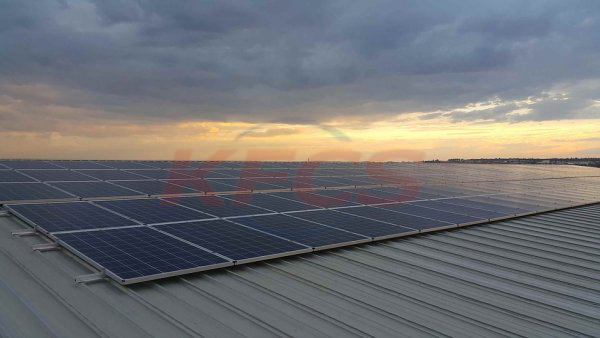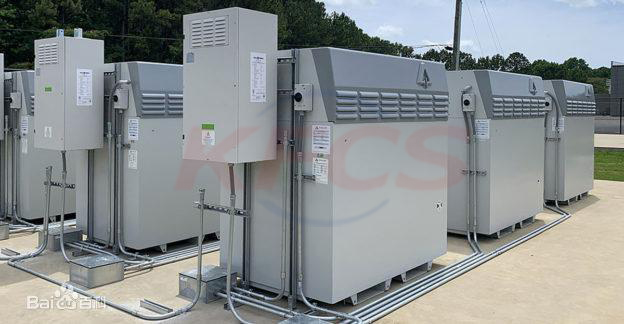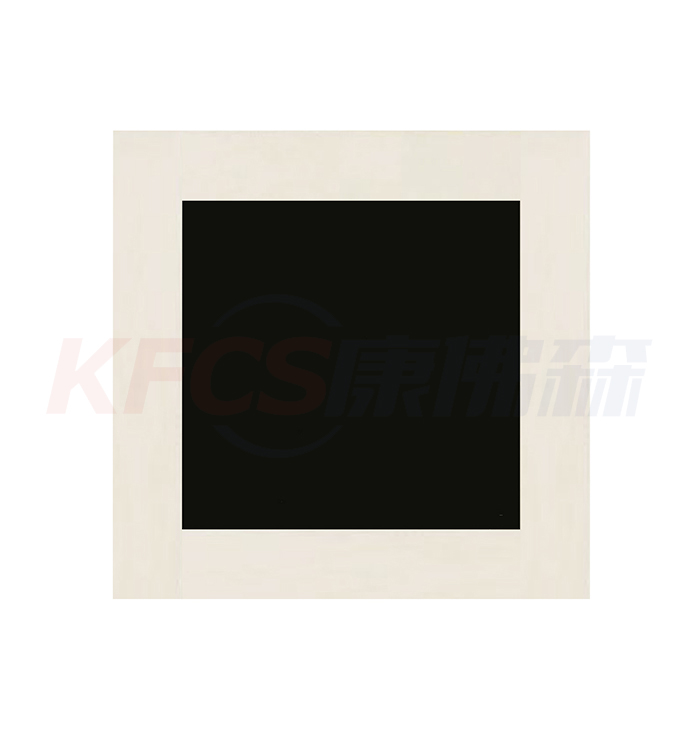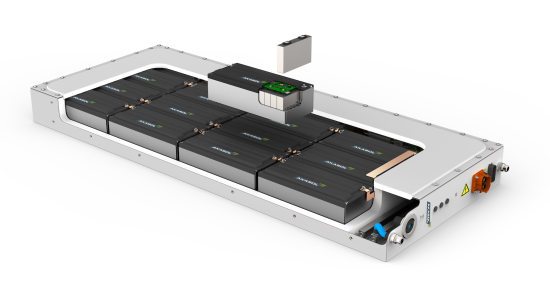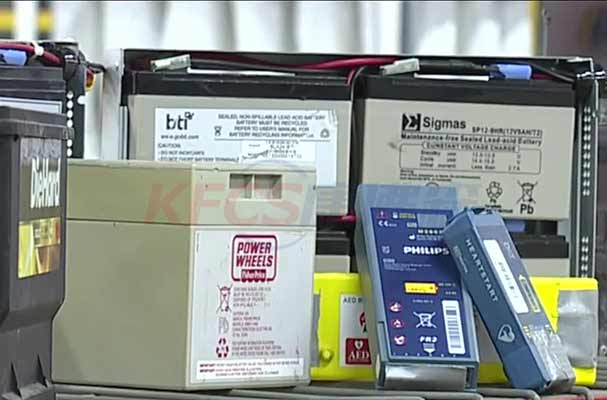What is the difference between monocrystalline silicon solar cells and polycrystalline silicon solar cells?
2022-03-29
What is the difference between monocrystalline silicon solar cells and polycrystalline silicon solar cells?
Monocrystalline silicon solar cells are mainly made of monocrystalline silicon. Compared with other types of solar cells, monocrystalline silicon cells have the highest conversion efficiency. In the early days, monocrystalline silicon solar cells occupied the majority of the market share, and after 1998, they retreated to polycrystalline silicon and took the second place in the market share. Due to the shortage of polysilicon raw materials in recent years, the market share of monocrystalline silicon has increased slightly after 2004, and now most of the batteries seen in the market are monocrystalline silicon.
The silicon crystal of monocrystalline silicon solar cells is very perfect, and its optical, electrical and mechanical properties are very uniform. The color of the cells is mostly black or dark, which is especially suitable for cutting into small pieces to make small consumer products. The conversion efficiency of monocrystalline silicon cells in the laboratory is 24.7%. The conversion efficiency of ordinary commercialization is 10%-18%. Due to the production process of monocrystalline silicon solar cells, the semi-finished silicon ingots are generally cylindrical, and then go through slicing-cleaning-diffusion junction-removal of the back electrode-making electrodes-corrosion of the periphery-evaporation anti-reflection film and other industrial core systems. into a finished product.
Generally, the four corners of monocrystalline silicon solar cells are rounded. The thickness of monocrystalline silicon solar cells is generally 200uM-350uM thick, and the current production trend is to develop towards ultra-thin and high-efficiency. When making polycrystalline silicon solar cells, the high-purity silicon used as a raw material is not purified into single crystals, but melted. It is cast into square silicon ingots and then processed into slices and similar processing as single crystal silicon.
Polycrystalline silicon is easy to identify from its surface. The silicon wafer is composed of a large number of crystalline regions of different sizes (the surface has a crystal-like crystal shape). The photoelectric conversion at the grain interface is easily disturbed, so the conversion efficiency of polysilicon is relatively low. At the same time, the consistency of optical, electrical and mechanical properties of polysilicon is not as good as that of monocrystalline silicon solar cells.
The highest efficiency of the polycrystalline silicon solar cell laboratory is 20.3%, and the commercialized one is generally 10%-16%. The polycrystalline silicon solar cell is a square piece, which has the highest filling rate when making solar modules, and the products are relatively beautiful. The thickness of polycrystalline silicon solar cells is generally 220uM-300uM thick, and some manufacturers have already produced 180uM thick solar cells, and they are developing thinner to save expensive silicon materials. The multi-chip is a right-angled square or rectangle. The four corners of the single crystal have chamfered corners that are close to a circle. The one with a money-shaped hole in the middle of a component is a single crystal, which can be seen at a glance.
1. Monocrystalline silicon solar cells
At present, the photoelectric conversion efficiency of monocrystalline silicon solar cells is about 15%, and the highest is 24%, which is the highest photoelectric conversion efficiency among all types of solar cells at present, but the production cost is so high that it cannot be widely used. and commonly used. Since monocrystalline silicon is generally encapsulated by tempered glass and waterproof resin, it is strong and durable, and its service life is generally up to 15 years, up to 25 years.
2. Polycrystalline silicon solar cells
The production process of polycrystalline silicon solar cells is similar to that of monocrystalline silicon solar cells, but the photoelectric conversion efficiency of polycrystalline silicon solar cells is much lower, and the photoelectric conversion efficiency is about 12% (the efficiency of Sharp listed in Japan on July 1, 2004 is 14.8%). the world's highest-efficiency polycrystalline silicon solar cells).
In terms of production cost, it is cheaper than monocrystalline silicon solar cells, the material is simple to manufacture, power consumption is saved, and the total production cost is lower, so it has been greatly developed. In addition, the service life of polycrystalline silicon solar cells is also shorter than that of monocrystalline silicon solar cells. In terms of cost performance, monocrystalline silicon solar cells are slightly better.
About News
- Significance of vanadium flow battery energy storage
- How Vanadium redox flow battery Work?
- Types of Recycling Lithium-Ion Batteries
- Swedish new research is committed to improving EV battery recycling process
- UK, Italy energy storage market capacity auction hot
- About $5 billion! Quantum plans to invest and build more than 3.5gW solar Park in Lionel Island, Indonesia
- What are the differences between power lithium batteries and energy storage lithium batteries?
- Significance of battery echelon utilization
- Lithium iron phosphate batteries
- Global lithium battery recycling
Products


